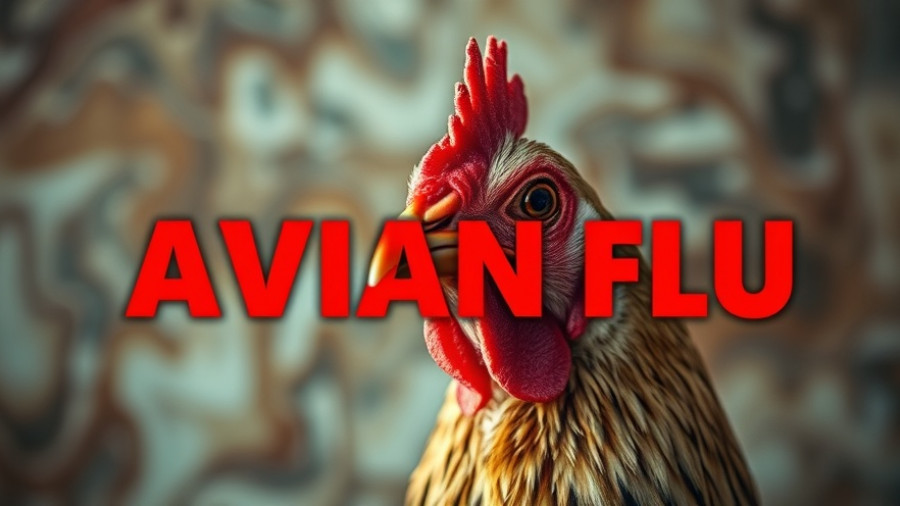
Avian Flu's Alarming Impact on Crane Populations
In a shocking development, over 1,000 cranes have succumbed to avian flu in Germany, raising red flags among scientists and conservationists alike. This catastrophic loss occurred rapidly in areas where these majestic birds typically rest during migration. Norbert Schneeweiss, a biologist at the Brandenburg Environmental Agency, reported that these deaths represent an unprecedented spike in mortality among crane populations that have been under careful observation for over two decades.
Understanding the Threat: What is Avian Flu?
Avian influenza, commonly known as avian flu, is a viral infection that primarily affects birds but can potentially adapt to infect humans. The virus strains can vary significantly, leading to different severity levels, but any outbreak poses serious threats to wildlife and can disrupt entire ecosystems. The recent outbreaks across Europe have been particularly alarming, as they not only threaten bird populations like the cranes but also raise concerns for broader environmental health.
Why This Matters: The Broader Ecological Impact
The loss of more than 1,000 cranes in a short timeframe underscores the critical challenges posed by avian flu, which extend beyond individual species to the health of ecosystems. As migratory birds play vital roles in pollination and seed dispersal, their decline could disrupt natural processes and food chains. Additionally, this outbreak highlights the importance of maintaining biodiversity, as varied species contribute to a more resilient environment.
Future Implications and Conservation Efforts
With the ongoing threat of avian flu, the implications for conservation efforts and wildlife management strategy cannot be overstated. Experts like Schneeweiss emphasize the necessity of urgent responses to contain outbreaks, including increased monitoring and vaccination strategies where feasible. The collaboration of volunteers and environmental organizations is key to preserving remaining bird populations and mitigating further losses.
What Can You Do?
For individuals passionate about wildlife preservation, there are several actions one can take. Supporting local conservation groups, participating in bird monitoring programs, and spreading awareness about the impacts of avian influenza can make a difference. Collective efforts often lead to significant positive changes in protecting vulnerable species and their habitats.
This tragic occurrence should serve as a wake-up call to the public, demanding attention and action toward the urgent realities of avian flu and its wider ecological implications.
 Add Row
Add Row  Add
Add 




Write A Comment